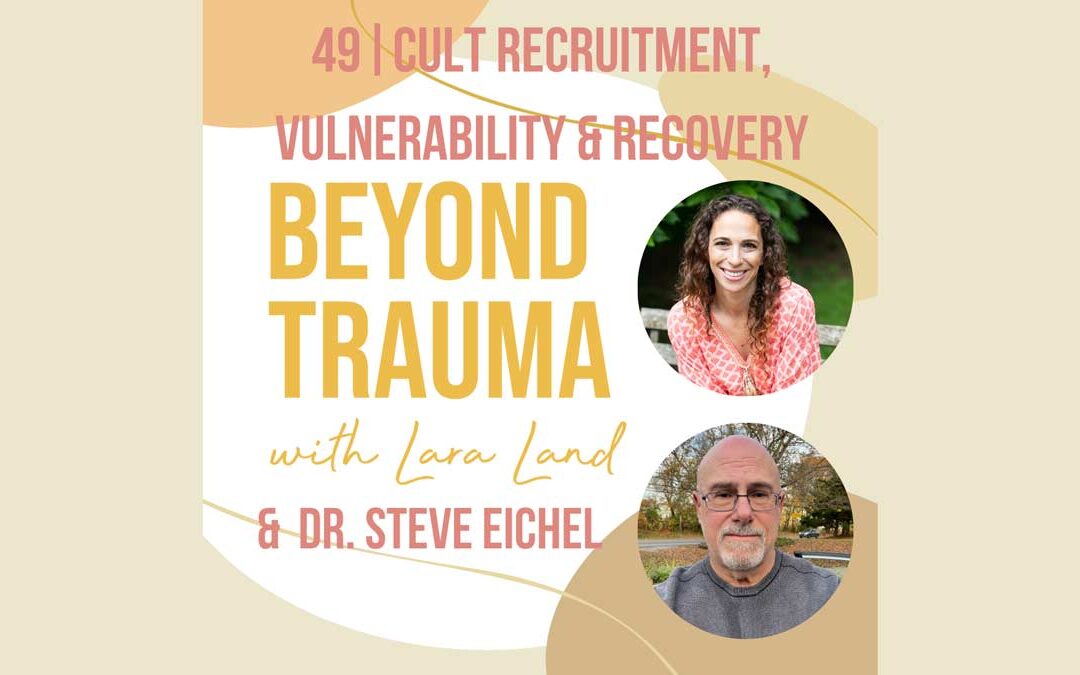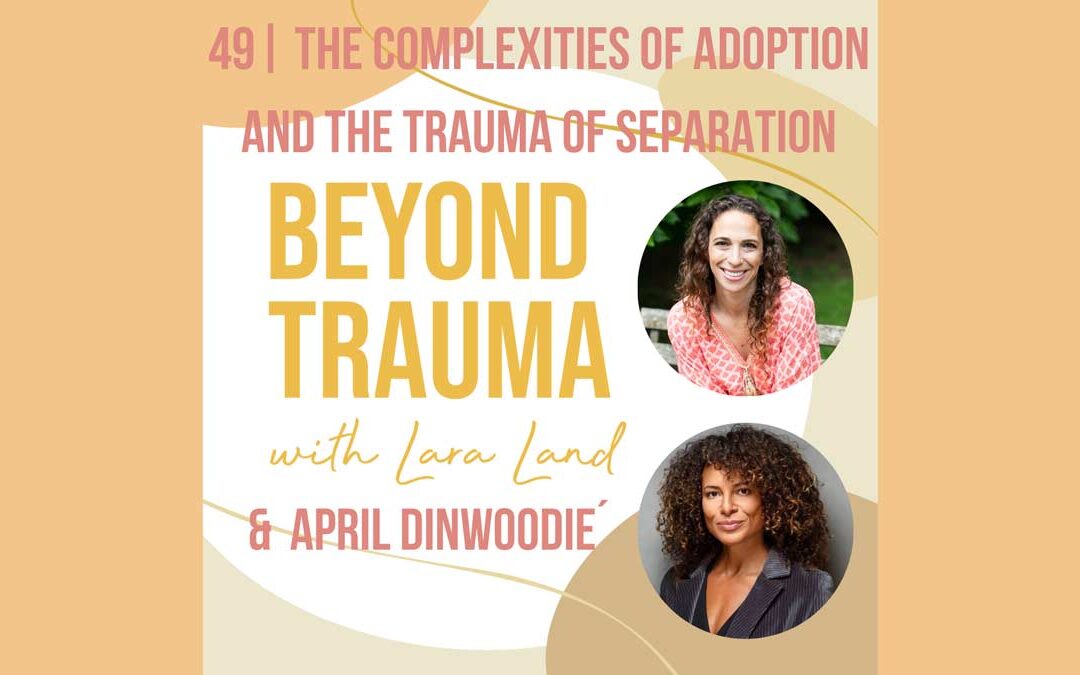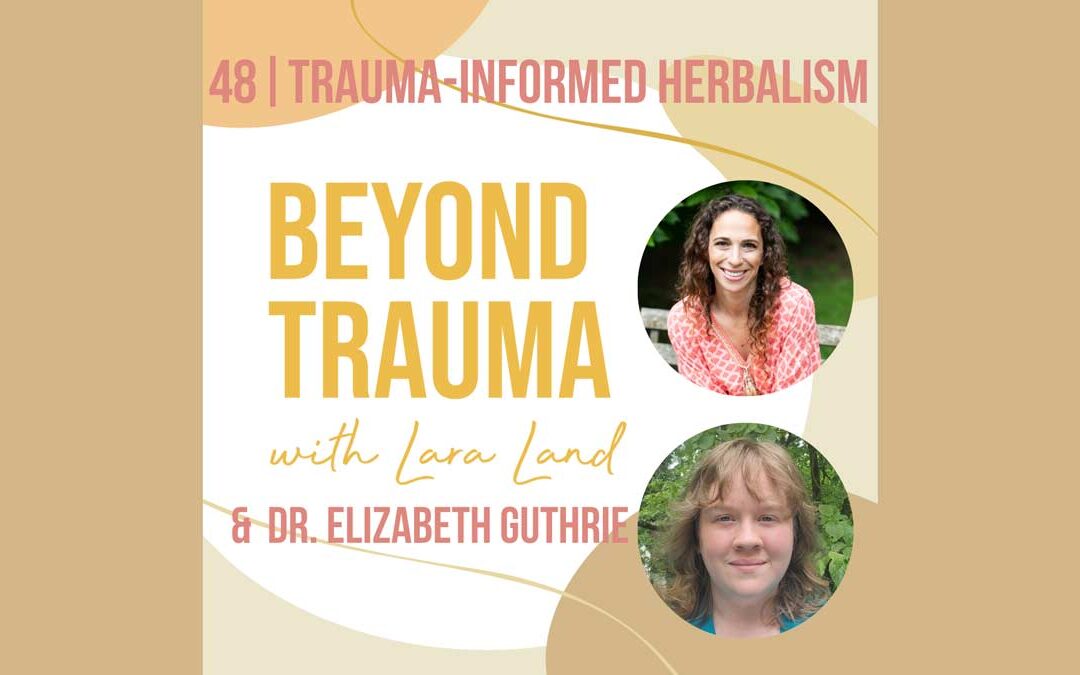
Reclaiming Lives: Dr. Steve Eichel’s Guiding Light in Cult Trauma Recovery
In the intricate web of psychological recovery, emerging from the clutches of cult trauma demands a specialized approach.
Dr. Steve Eichel, a beacon in the field of cultic studies, has dedicated his career to understanding and aiding those affected by the profound impacts of cult experiences. Let’s explore the transformative journey of recovery from cult trauma guided by Dr. Eichel’s expertise.
Understanding Cult Trauma
Cult trauma is a multifaceted challenge, encompassing psychological, emotional, and sometimes physical dimensions. Individuals who have experienced life within a cult often grapple with a shattered sense of identity, pervasive fear, and the profound challenge of rebuilding their lives outside the controlling influences of the group.
Dr. Steve Eichel, a licensed psychologist and recognized expert in cultic studies, has become a pivotal figure in unraveling the complexities of cult trauma. His work extends beyond academic inquiry; it’s a compassionate mission to provide survivors with the tools and support they need to embark on a path of recovery.
The Power of Validation
One of Dr. Eichel’s fundamental contributions to cult trauma recovery lies in the power of validation. Survivors of cults frequently face skepticism and misunderstanding from those unfamiliar with the dynamics of such groups. Dr. Eichel, through his empathetic approach, validates the experiences of survivors, acknowledging the real and lasting impact of their time within a cult.
Validation becomes a crucial step in the recovery process, empowering individuals to trust their own perceptions and emotions. Dr. Eichel’s work helps survivors recognize that their feelings are not only valid but an essential component of the healing journey.
Deconstructing Thought Reform
Central to Dr. Eichel’s work is the deconstruction of thought reform, the psychological manipulation often employed by cults to control their members. Through education, counseling, and support, Dr. Eichel equips survivors with the tools to understand and dismantle the intricate web of coercive tactics used by cults.
By unraveling the thought reform process, survivors can regain agency over their beliefs and thoughts. Dr. Eichel’s approach empowers individuals to challenge and reevaluate the ideologies imposed upon them during their time in a cult, fostering a renewed sense of autonomy.
Community Support and Connection
Dr. Steve Eichel recognizes the profound impact of community support in the recovery process. Cult survivors often face isolation, having been separated from friends and family during their time within a cult. Dr. Eichel advocates for the creation of a supportive network where survivors can share their experiences, find understanding, and build connections.
By fostering community support, Dr. Eichel not only addresses the immediate challenges of recovery but also lays the foundation for long-term resilience. Shared narratives and mutual understanding become powerful tools in the journey toward healing.
Moving Forward with Dr. Eichel’s Guidance
In the realm of cult trauma recovery, Dr. Steve Eichel stands as a guiding force, illuminating the path toward healing, understanding, and empowerment. Through validation, deconstruction of thought reform, and the cultivation of community support, Dr. Eichel’s work has redefined the landscape of recovery for those affected by cult experiences.
In the latest episode of Beyond Trauma, Steve and I discuss the who might be vulnerable to cult recruitment, how to assess if you might be in a cult, and what to do once you get out to reclaim your sense of self.
As survivors embark on the road to reclaiming their lives, Dr. Eichel’s legacy continues to shine as a testament to the transformative power of understanding, compassion, and dedicated support in the face of cult trauma.





Recent Comments